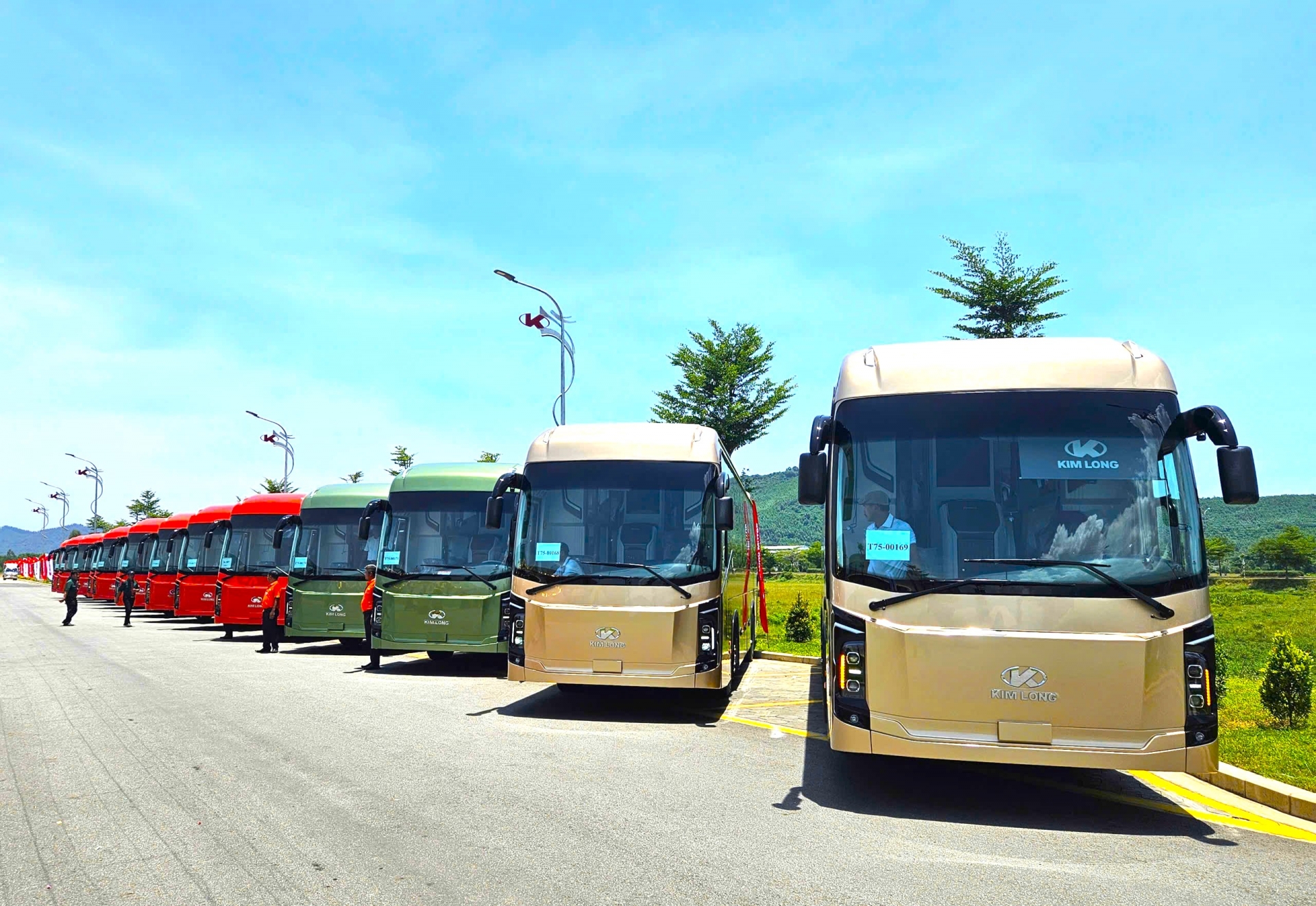
Vietnam’s auto manufacturing and assembly sector is exhibiting strong momentum but faces growing challenges at home and abroad. Stronger supply chain links are therefore seen as critical to boosting competitiveness and supporting economic growth.
Big potential, tough competition
According to the National Statistics Office at the Ministry of Finance, domestic automakers and assemblers produced an estimated 147,300 vehicles in the first five months of 2025, up 77 per cent from the same period last year. At the same time, Vietnam imported about 80,045 completely-built-up (CBU) cars worth $1.83 billion, up 43.3 per cent in volume and 47.7 per cent in value year-on-year.
As a strategic industry, automobiles not only promote science and technology but also serve as a key link connecting markets, infrastructure, and transport, creating momentum for economic growth. Expanding local output strengthens competitiveness, supports exports, and deepens global integration. These priorities are also emphasized in Politburo Resolutions No. 57-NQ/TW on international integration and No. 68-NQ/TW on private sector development.
Vietnam has signed 17 free trade agreements, many directly tied to the auto sector, including the ASEAN Trade in Goods Agreement (ATIGA) and the EU-Vietnam Free Trade Agreement (EUVFTA).
Under ATIGA, cars imported from ASEAN countries with over 40 per cent local content enjoy zero tariffs until 2027. Under the EUVFTA, tariffs on CBU imports from the EU will fall by about 6.4 per cent annually over ten years, pushing prices lower and intensifying pressure on domestic producers. Upcoming tariff arrangements with the US add further uncertainty.
Beyond tariff cuts, global automakers are running aggressive promotions, fueling a price-cutting trend that is spreading widely.
To stay competitive, Vietnamese firms must use capital efficiently, invest more in R&D, adopt new technologies, and sharpen productivity. Success will also depend on tighter cooperation across the ecosystem, from parts suppliers to manufacturers, assemblers and distributors.

Credit institutions as industry backers
As the financial lifeline channeling capital to the economy and supporting businesses, credit packages from the banking sector play a vital role in “opening doors” for the domestic auto industry. They not only tighten links between enterprises but also balance and leverage supply and demand dynamics between production, assembly, and consumption, while paving the way for exports.
Understanding customer needs and anticipating market demand, the Saigon - Hanoi Commercial Joint Stock Bank (SHB) quickly launched a credit package to support the input supply chain of Kim Long Motor, providing a financial anchor for the domestic auto sector. The package covers up to 90 per cent of capital needs with a maximum loan term of nine months. With receivables from Kim Long Motor accepted as collateral, SHB’s financial solution enables suppliers and ecosystem players to access capital without pledging fixed assets, thereby ensuring operational flexibility and liquidity.
To stimulate end-market consumption, SHB has also introduced an advantageous loan program for enterprises purchasing vehicles from Kim Long Motor, offering industry-leading competitive policies with streamlined documentation and procedures. The bank finances up to 85 per cent of the vehicle’s value, with repayment terms of up to 72 months, secured by the purchased asset itself. With flexible loan periods and high financing ratios, SHB commits to supporting businesses in acquiring vehicles for commercial and transport operations more conveniently.
SHB’s solution package contributes to building a seamless supply chain, enhancing connectivity, and promoting growth within the ecosystem of core enterprises. Not only does it provide timely capital with preferential terms, but the strengthened links between inputs and outputs also empower domestic automakers to develop confidently and gain an edge in the competitive market.
These timely partnership initiatives demonstrate SHB’s deep understanding of both the market and its customers, reinforcing its standing among the Top 10 most reputable private joint stock banks and the Top 5 largest in Vietnam. As a leading bank, SHB serves as an effective capital provider for key economic sectors, pioneering digital financial solutions for administrative units and individuals.
The bank is focusing resources on implementing a bold, comprehensive Transformation Strategy anchored on four pillars: reforming mechanisms, policies, regulations, and processes; positioning people as the core; placing customers and the market at the center; and modernizing IT infrastructure and digital transformation.
SHB has set strategic goals to become the No. 1 bank in efficiency; the most preferred digital bank; the best retail bank; and at the same time a leading bank in capital provision and financial services for both private and State-owned strategic enterprises, value chains, ecosystems, and green development.








 Google translate
Google translate